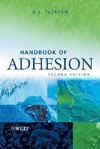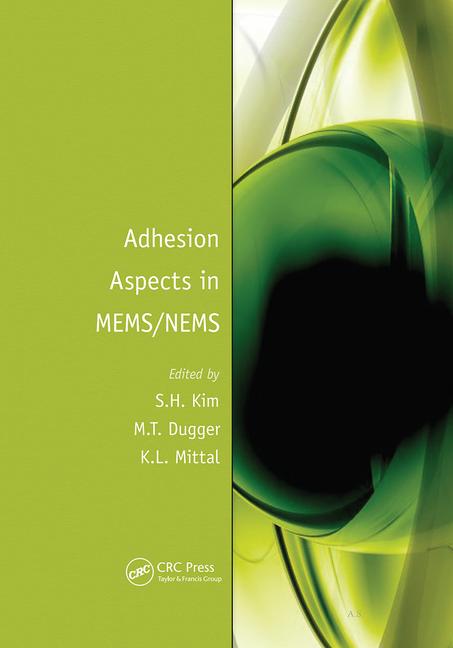Ask Dr. Dave: Can you help us with a crystallization problem in the part-A (epoxy side) of our two-part epoxy putty compound?
Epoxies tend to crystallize when they are very pure with narrow molecular weight distributions.

Question: We have been making two-part epoxy putty compound in a northern climate, where it’s hot from April through mid-October and bitterly cold from October to February. Many times in the winter, we have had crystallization problem in part-A (epoxy side) of the sealant. We have studied a lot of literature and information on this but have not yet come up with a solution. We have considered mixing bis-A and bis-F resins. Can you help?
Answer: I have been asked this question quite a few times in the past (see my column in the September 2005 issue of ASI). The short-term solution to this problem is to store your epoxies at temperatures above ambient. However, the root cause of your problem is that epoxy resins are super-cooled liquids at normal temperature and tend to crystallize. The worst situation is where you use a low-molecular-weight, very high-purity resin; this has a high propensity to crystallize.
I have explored several approaches to this problem, and mixing bis-A and bis-F resins does sometimes work. Bis-F resins normally do not crystallize, but are more expensive than bis-A resins. The trick is to use an epoxy or mixture of epoxies that we call “impure.” Epoxies tend to crystallize when they are very pure with narrow molecular weight distributions. I have found that starting with a standard bis-A resin (adding as little as 5-10% of a resin with a totally different molecular weight distribution) will reduce the tendency to crystallize. In addition, make sure there are no epoxy crystal “seeds” in your manufacturing equipment—recirculate your hot epoxy mix through any piping systems. You will have to do some experimentation with different blends. I would suggest aging the samples at 30-40°F for testing purposes.
Any views or opinions expressed in this column are those of the author and do not represent those of ASI, its staff, Editorial Advisory Board or BNP Media.
Looking for a reprint of this article?
From high-res PDFs to custom plaques, order your copy today!







